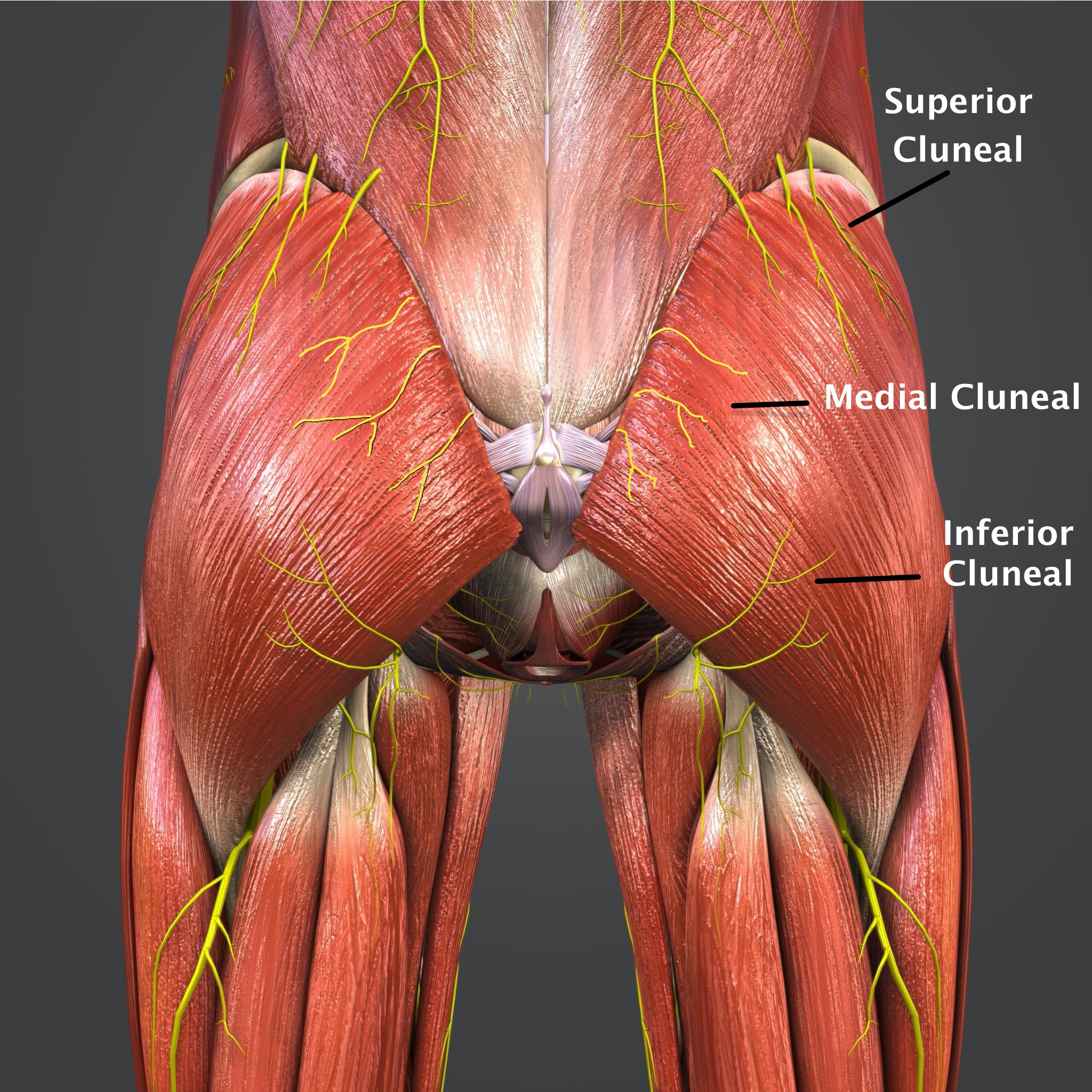WHEN IT FEELS LIKE THE BONES IN YOUR SPINE ARE HURTING, AND THEY ACTUALLY ARE
Among the passion filled administrative duties filling the end of the clinician’s year is the annual review of diagnosis coding changes. The infamous ICD-10 codes, describing health care conditions for the sake of insurance billing, research and inter provider communications, get a make over about once a year. There were a few changes affecting routine chiropractic coding this year, and among them, a new code called “vetebrogenic pain”.
I have been around the block long enough to “unlearn” a few orthopedic teachings that were still considered absolute truths when I went to medical school and later chiropractic school in the early 90s. Among them: the spinal disc has no pain nerves (blatantly untrue based on better histology techniques), and thR bone tissue does not cause pain unless it is broken or infiltrated by nasty stuff like cancer and infection. The latter has become more nuanced, as bone tissue pain is much less common than pain caused by other tissues like disc, ligaments, nerves, but nonetheless can happen under certain circumstances, which explains why we have a new ICD10 code to account for it.
The advance in MRI technology and the computerized manipulation of the raw images have better characterized changes in bone tissue from spine degeneration and led to the definition of Modic changes, type 1 and 2. Modic changes are changes in the bony ends of the vertebra that come about with significant deterioration of the disc, either over time or from a major trauma. Modic type 1 changes reflect a very active inflammatory process in the bone marrow, and are highly predictive of associated spinal pain. Modic type 2 changes reflect a fatty replacement, less acutely inflamed, and less strongly correlated to the presence of pain (for comparison spinal disc bulges are seen frequently on MRI but the correlation to the presence or absence of symptoms is almost non existent). Thus Modic type 1 changes can really mean bone pain. Generally described by patient as deep, intense ache that is not correlated well with certain activities, although often worse at night and better with a little bit of movement.
Spinal pain from Modic type 1 changes can be a real challenge to address short term. In the long term, you need to address the root causes of abnormal alignment, muscular balance and body mechanics, but that can take a while. I have found that for many patients, a combinations of high grade botanical anti-inflammatory supplementations, with omega-3, vitamin D and a bone matrix supplement can help pain the chronic pain cycle enough to do more long term restorative therapies.














